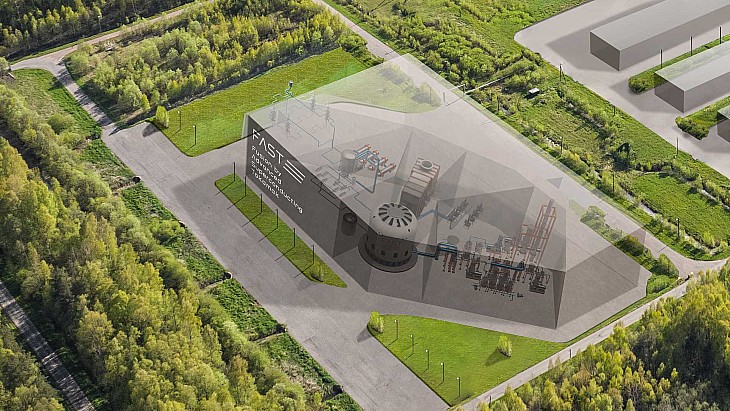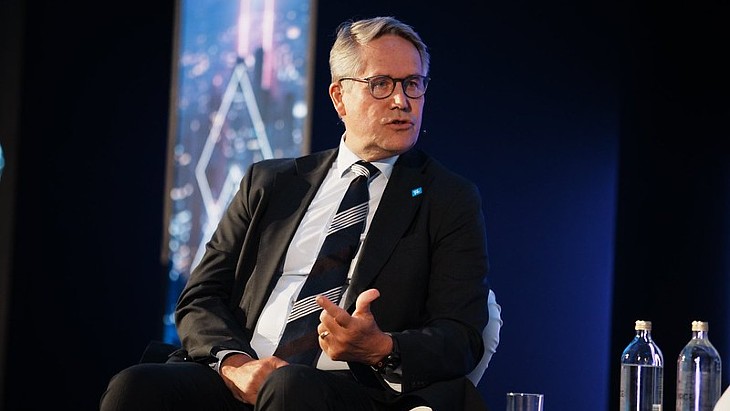WIPP is the USA's only repository for the disposal of TRU waste. Sealed drums of waste - clothing, tools, rags, residues, debris, soil and other items contaminated with small amounts of plutonium and other man-made radioactive elements from the US military programme - are placed in "rooms" carved out of salt rock by laser-guided continuous mining machines. Each of Panel 7's seven rooms is 300 feet (91 metres) long, 33 feet wide, and 15-16 feet tall. Creating a panel requires mining nearly 160,000 tonnes of salt.
DOE announced that workers at WIPP reached a "major milestone" on 20 October as the last container of TRU waste was placed within Panel 7.
"This is a tremendous milestone and marks the beginning of new day at WIPP," said Sean Dunagan, President and Project Manager for Nuclear Waste Partnership who manages and operates WIPP. "Completing emplacement activities in Panel 7 means our team will once again be in an area free of radioactive contamination; they will no longer need to use respirators or special protective clothing."
Panels are designed to be created and filled within two to three years, but Panel 7 took much longer due to a radiological event in the panel's Room 7 that occurred in February 2014, shortly after emplacement began. That caused waste emplacement activities to be delayed until January 2017, as well as maintenance in the form of rock bolting.
The total numbers of waste containers in Panel 7 is 20,056. The most common container, 55-gallon drums, total almost 13,000.
"This important milestone has been a long-time coming," said Carlsbad Field Office Manager Reinhard Knerr. "Filling Panel 7 allows us to continue our important national mission of disposing of transuranic waste, which ensures people living near sites where TRU waste is currently stored, are safer today because of WIPP's role in EM's nuclear waste cleanup strategy."
DOE said closure of the intake and exhaust drifts to Panel 7 will include a steel bulkhead, 100 feet of floor-to-ceiling salt and then another bulkhead.
Mining of Panel 8 began in February 2013 but along with all operations at WIPP was temporarily suspended in 2014 following an underground truck fire and unrelated radiological event. Waste emplacement resumed in 2017 and mining operations in 2018. Mining is timed so that a panel is only ready when it is needed for waste emplacement, because the natural movement of salt - the behaviour that will eventually permanently encapsulate the waste - causes mined openings to close. Mining of the eighth panel was completed in October 2021 and it received official certification from the New Mexico Environment Department in August this year.
The WIPP repository is mined out of an ancient salt formation over 2000 feet below ground. The repository is configured to have eight panels - four on each side of the main access passageways, or drifts - although two further panels are also planned.

.jpg)



_82983.jpg)
_34792.jpg)
_16403_79272.jpg)


_76087_55556.jpg)



